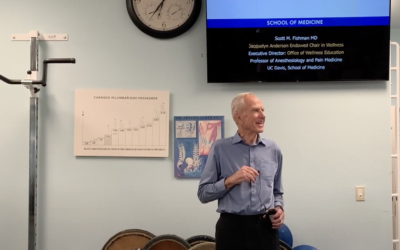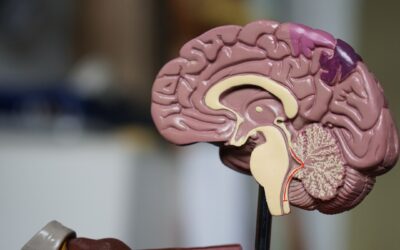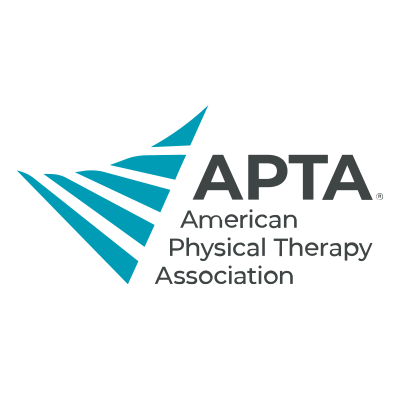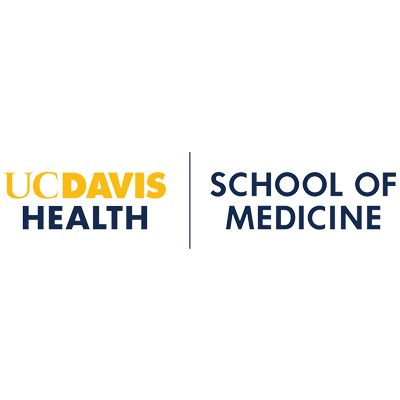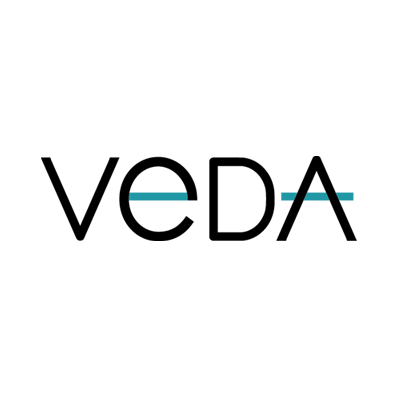By Christina Moskala, DPT
The Likelihood of Golfing Injuries
Warm weather and sunny days bring with them the hope of more time on the golf course for many people. Unfortunately, bad weather is not the only thing that can keep you away from the course. Painful injuries can keep you from swinging your golf clubs for the season or maybe even for life.
A study surveyed 1,144 amateur golfers and found that 62% had sustained one or more injuries while golfing. The injury rate was slightly higher at 67.5% among low-handicap amateur golfers (handicap less than 9) than it was for less-skilled amateur golfers. Also, the typical injury forced the amateur golfer to miss on average more than 5 weeks of playing time.1 The most common sites for injury among amateur men are the low back (36%), elbows (32.5%), hands and wrists (21.2%) and shoulders (11%). Most common sites for injury among amateur women are the elbow (35.5%), followed by the low back (27.4%), shoulders (16.1%) and hands and wrists (14.5%).2 So one requirement in order to improve your golf skills is to stay as injury-free as possible.
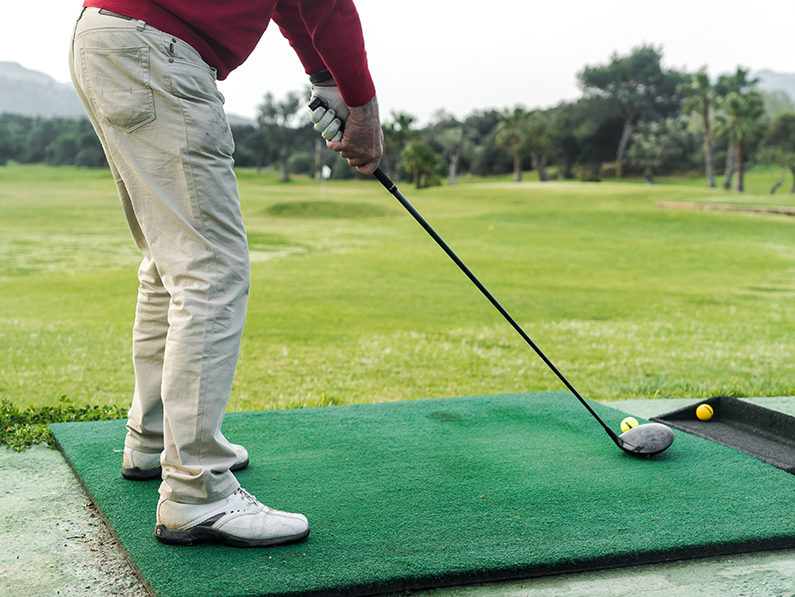
Tips for Injury Prevention While Golfing:
Know Your Physical Health History and Status: Some of this is obvious to most of us– if you have a history of a stroke with remaining one-sided weakness, your swing is going to be affected and stress your tissues. If you have a heart condition, monitoring your heart rate while you play is important to avoid further injury to your heart. But many people don’t realize more subtle nuances can have a big impact as well. If your lead hip is a little stiff and has an internal rotation range of motion deficit, your chance of a low back injury is higher.3 If you have weak parascapular muscles or tight pectorals and upper trapezius muscles, golfing can cause shoulder impingement pain. The best way to know the status of your musculoskeletal system is to have an evaluation done by a physical therapist. Your physical therapist can tell you where you may have range of motion, flexibility, or strength deficits and show you what exercises can address those deficits.
Have Your Swing and Technique Analyzed: There are many theories on how to best hit a golf ball. The reality is, we all have slight variations in our stance and swing. Not everyone can afford a golf coach. However, you can show your local physical therapist your stance and swing and after evaluating your specific musculoskeletal system, they can educate you on the pros and cons of your technique, what injuries to watch out for, what exercises to do to prevent injury, and any modifications you may be able to make to prevent injury.
Train Up to Longer and More Frequent Rounds: You wouldn’t run a marathon without slowly building up your running distance through many weeks or months. At the same time, you cannot avoid exercise for 6 months during the winter, and then suddenly play a golf tournament the first sunny weekend of the summer and expect to have no aches and pains. If you are looking forward to a multi-day tournament or a one week vacation with your buddies with tee times booked everyday, do your body a favor and build up to that high frequency of golf swings and increased time on your feet. Build your swing endurance at a driving range and increase your ambulatory endurance by going on long walks over various terrain.
Cross-Train and De-stress Your Stressed Tissue: Cross-training is to engage in two or more types of exercise to improve fitness in your primary sport. There are many exercise options for cross-training. Because golf is an asymmetrical sport with extreme spinal rotation, therapists highly recommend cross-training with strengthening exercises specific for rotational forces while working in a safe, neutral spine position. You can build your cardio endurance with biking or swimming. Golfing requires many hours standing bent forward (which increases spinal disc pressure),4 gripping, and creating rotational stress on the spine.
To reduce the chance of an overuse injury, make sure to take time to decompress the spine by performing self-traction, stretch the forearm and hand muscles that are tightened with gripping, and strengthen your core to stabilize the spine against rotational stress. If you are unsure of how to traction, stretch, and strengthen, your local physical therapist can show you how.
Warm-up: According to a post by the Andrews Institute of Orthopaedics & Sports Medicine, “one survey showed that more than 80% of golfers spent less than 10 minutes warming up before a round. Those who did warm up had less than half the incidence of injuries of those who did not warm up before playing.”5 Knowing the best way to warm-up can be confusing. Like everything else in the health world, there seems to be a variety of opinions on this topic. Recent studies have found starting with light cardio exercise such as jumping jacks, light jogging, riding a stationary bike, etc should be done first to warm up your internal temperature, pump blood to your muscles, and prepare the tissues for the stretches and stress that are about to come. Follow that up with some dynamic active range of motion exercises.
Stretches before you play should be held for a short duration. Recent evidence has found warm-up involving static stretching is detrimental to immediate performance in golf as opposed to active dynamic stretching.6-8 However, after you are done playing for the day, the focus can be on flexibility rather than sports performance, so long-hold stretches, such as 30 second to 1 minute holds, are recommended. There are many videos and blogs online with instructions on what each phase of the warm-up can look like, but remember, every person’s body is different with it’s own strengths and weaknesses. Contact your local physical therapist to know what cardio, dynamic active range of motion, and stretches are safe for you.
Listen To Your Body: Aches and pains are your body’s way of telling you that something is different than the norm. Delayed onset muscle soreness that lasts 24-48 hours is normal and typically should not be of concern. However, if there is a pain that consistently persists with a certain move or the soreness lasts longer than 48 hours, it is time to rest and possibly consult your physician. Popular sayings such as “no pain no gain” and “pain is weakness leaving the body,” while motivating at times, can be detrimental to your health.
Golf is an excellent form of exercise and can be good for balance training, strengthening, flexibility, and endurance. You also have the additional benefits that come with being out in nature and socializing with friends. Stay proactive with your health, and golf can be a game you can enjoy for many years to come!
References
1) McCarroll J, Rettig A, Shelbourne K: Injuries in the Amateus Golfer. The Physician and Sports Medicine 18(3):122-26, 1990.
2) Corey K, Corey PW. Create a Pilates conditioning program for golfers: this conditioning program can reduce the risk of injuries, improve a golf swing and enhance balance and stability. IDEA Fitness Journal. 2006;3(8):56-112. http://search.ebscohost.com/login.aspx? direct=true&db=ccm&AN=106269723&site=eds-live. Accessed April 29, 2019.
3) Murray E, Birley E, Twycross-Lewis R, Morrissey D. The relationship between hip rotation range of movement and low back pain prevalence in amateur golfers: an observational study. Physical Therapy in Sport. 2009;10(4):131-135. doi:10.1016/j.ptsp.2009.08.002. 4) Bodystressrelease.za.net. (2019). Body Stress Release (BSR) – BSR and the lower back. [online] Available at: http://bodystressrelease.za.net/BSR-and-the-lower-back/ [Accessed 29 Apr. 2019].
5) Stopsportsinjuries.org. (2019). Golf Injuries | Golf Injury Prevention & Treatment. [online] Available at: https://www.stopsportsinjuries.org/STOP/Prevent_Injuries/Golf_Injury_Prevention.aspx [Accessed 29 Apr. 2019].
6) Gergley JC. Acute Effects of passive stretching during warm up on driver Club head Speed, Accuracy, and consistent Ball Contact in Young Male competitive Golfers. J Strength Cond Res 2009;23: 863-867.
7) Gremion G. Is stretching for sports performance still useful? A review of the literature. Rev Med Suisse 2005;1:1830-34.
8) Moran KA, Mcgrath T, Marshall BM et al. Dynamic Stretching and golf swing performance. Int J Sports Med 2009;30:113-18.


